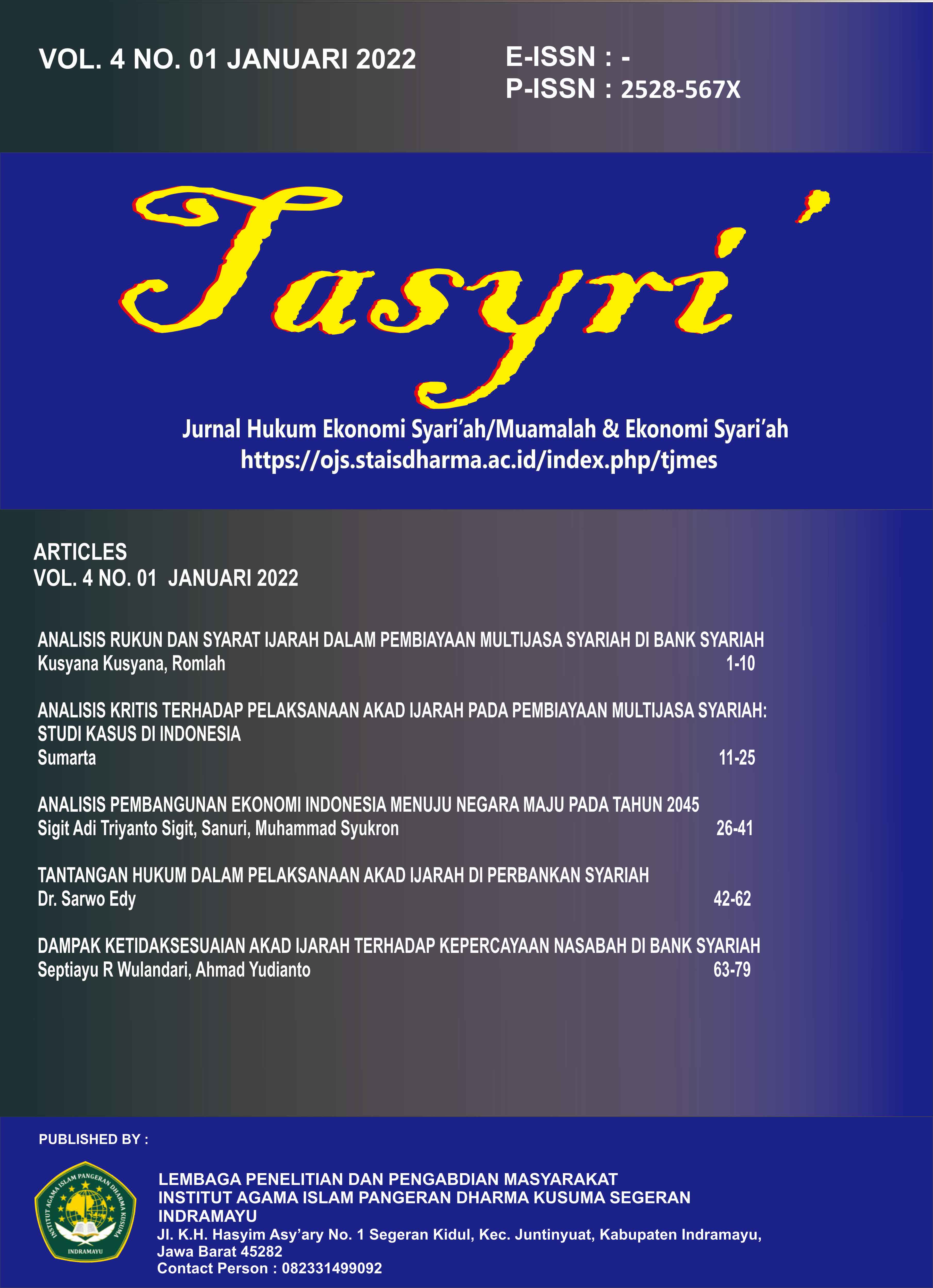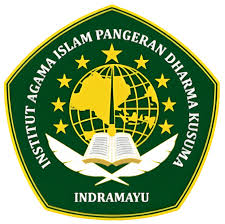ANALISIS PEMBANGUNAN EKONOMI INDONESIA MENUJU NEGARA MAJU PADA TAHUN 2045
DOI:
https://doi.org/10.55656/tjmes.v4i1.265Keywords:
Pembangunan Ekonomi, Indonesia, Negara MajuAbstract
The 2024 State Budget (APBN) aims to accelerate inclusive and sustainable economic transformation by increasing productivity and realizing high-value-added economy. To achieve Advanced Indonesia 2045, two main strategies are implemented: short-term and medium-long-term. The short-term focus is to strengthen the economic foundation through controlling inflation, eradicating extreme poverty to 0-1% by 2024, reducing stunting prevalence to 14%, and boosting investment. High economic growth cannot rely solely on household consumption but requires substantial investment. In the medium-long term, the strategy includes addressing gaps in human resources, infrastructure, and institutions. The government focuses on developing superior human resources through education, health, and social protection programs, while also pursuing infrastructure development targets in information technology, energy, and food sectors. Institutional reforms are conducted by improving quality public services and bureaucratic reform. The 2024 APBN prioritizes education, health, social protection, food security, infrastructure, and maintaining legal and security stability. The 2024 APBN also supports the development of the new capital city (IKN), simultaneous elections, reducing stunting prevalence, and improving the welfare of civil servants (ASN), military (TNI), police (Polri), and retirees through salary and pension increases.
References
Arsyad, Lincon. (1999). Ekonomi Pembangunan. Fakultas Ekonomi Universitas Gajah Mada. Yogyakarta
Asian Development Bank (ADB). (2023). Asian Development Outlook 2023: Indonesia. Manila: ADB.
Badan Pusat Statistik (BPS). (2023). Statistik Indonesia 2023. Jakarta: BPS.
Bank Indonesia (BI). (2023). Laporan Ekonomi dan Keuangan 2023. Jakarta: Bank Indonesia.
Eddy Cahyono Sugiarto, (2019), Investasi dan Indonesia Maju, Kementrian Sekretariat Negara Republik Indonesia, Bogor.
Elfansyah, Novel (2006). Survei BI-Unmul, IKK Naik 3,6 Persen. samarinda.gov. Pemerintah Kota Samarinda. Diarsipkan dari versi asli tanggal 2010-11-28. Diakses tanggal 2009-10-19.
Gischa, Serafica (2020). Gischa, Serafica, ed. Pengertian Inflasi: Indikator, dan Pengelompokan. Kompas.com. Diakses tanggal 2020-10-16.
Hill, H., & Tabor, S. R. (2018). Indonesia’s Economic Development: Progress and Challenges. Canberra: ANU Press.
Kementerian Keuangan Republik Indonesia. (2022). APBN 2023: Percepatan Pemulihan Ekonomi. Jakarta: Kementerian Keuangan.
Kementerian PPN/Bappenas. (2022). Visi Indonesia 2045: Menjadi Negara Maju. Jakarta: Bappenas.
Parwoto. (2001). Kemiskinan. Bappenas. Jakarta
Purnomo, H. (2020). Reformasi Birokrasi di Indonesia: Tantangan dan Strategi. Yogyakarta: Gadjah Mada University Press.
Putri Keumala Sari, Fakhruddin. (2009) Identifikasi Penyebab Krisis Moneter dan Kebijakan Bank Sentral di Indonesia: Kasus Tahun (1997-1998 dan 2008) . Jurnal Ilmiah Mahasiswa (JIM) Ekonomi Pembangunan Fakultas Ekonomi dan Bisnis Unsyiah. 1 (2): 379–380.
Ramot Peter, (2020), SDM Unggul Dalam Menghadapi Era Globalisasi
Resosudarmo, B. P., & Abdurohman, A. (2018). Ekonomi Indonesia: Pertumbuhan dan Kesenjangan Regional. Jakarta: CSIS.
Rosyidi, Suherman. (2006). Pengantar Teori Ekonomi. PT Raja Grafindo Persada. Jakarta
Rasyid, F. (2022). Metodologi Penelitian Kualitatif Dan Kuantitatif Teori, Metode, Dan Praktek. Kediri: IAIN Kediri Press.
Rofiqoh, I., & Zulhawati. (2020). Metode Penelitian Kuantitatif, Kualitatif, dan Campuran. Yogyakarta: Pustaka Pelajar.
Sugiharto, T. (2019). Pembangunan Infrastruktur di Indonesia: Tantangan dan Peluang. Jakarta: UI Press.
Times, I. D. N.; Agustina, Auriga. (2014) Ini Penyebab Inflasi dan Dampaknya terhadap Negara. IDN Times. Diakses tanggal 2020-10-16.
Todaro, P. Michael. (2000). Economic Development. New York University
Ulya, Fika Nurul (2020). Jatmiko, Bambang P., ed. Gubernur BI: Cetak Uang kemudian Dibagikan ke Masyarakat? Enggak Ada Itu!. Kompas.com. Jakarta: Kompas.com. Diakses tanggal 2021-01-05.
World Bank. (2022). Indonesia Economic Quarterly: Navigating the Pandemic. Washington, D.C.: World Bank Group.
Yin, R. K. (2018). Case Study Research and Applications: Design and Methods (6th ed.). Sage Publications.








